Home>Gardening & Outdoor>Landscaping Ideas>Why Is The Grass Not Going In The Bag
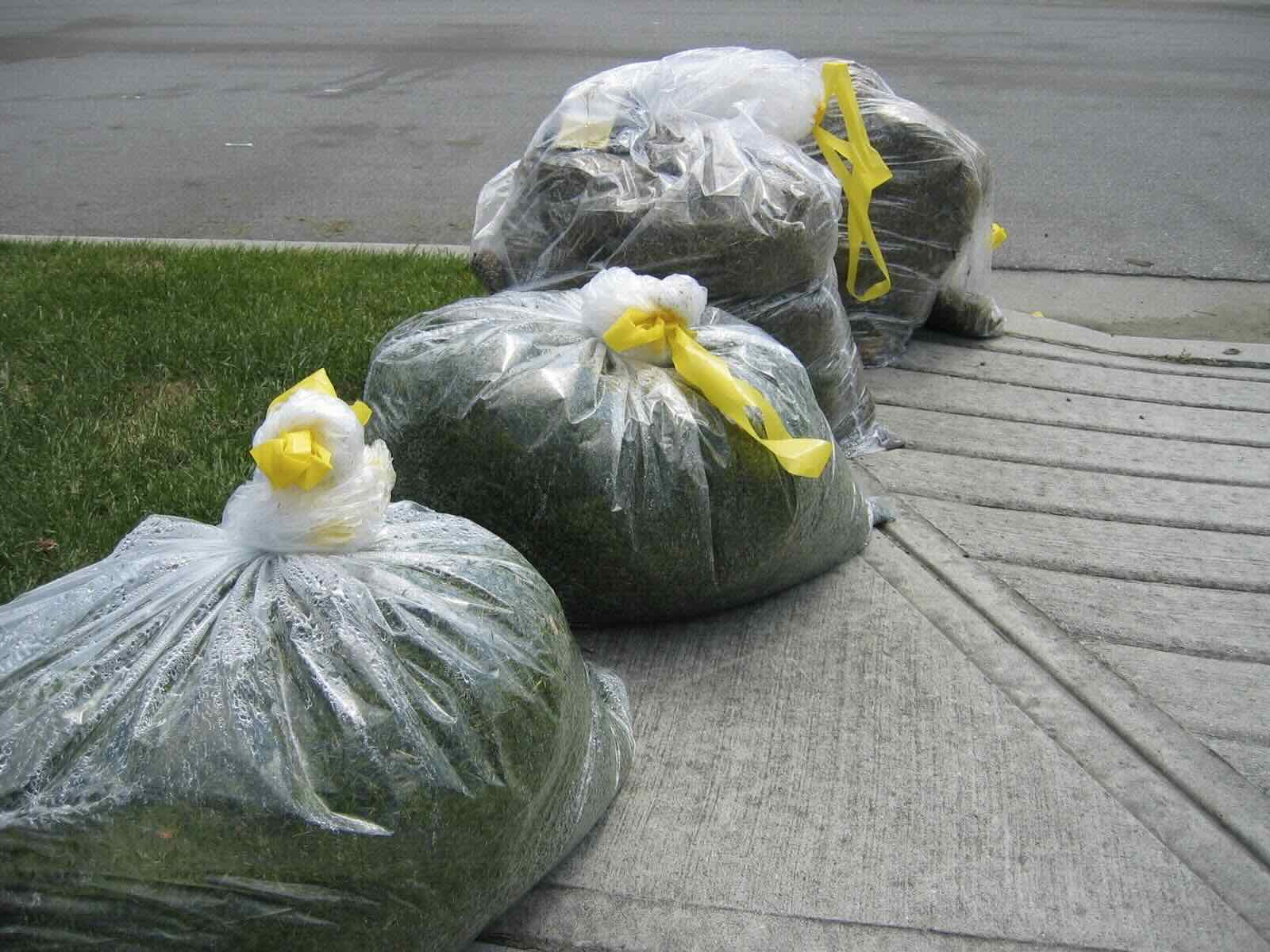

Landscaping Ideas
Why Is The Grass Not Going In The Bag
Published: January 29, 2024
Discover effective landscaping ideas to tackle the challenge of grass not going in the bag. Find solutions to improve your lawn maintenance. Explore expert tips now!
(Many of the links in this article redirect to a specific reviewed product. Your purchase of these products through affiliate links helps to generate commission for Storables.com, at no extra cost. Learn more)
Introduction
When it comes to landscaping, there are few things as frustrating as mowing your lawn, only to find that the grass clippings refuse to go into the bag. This common issue can leave homeowners scratching their heads and wondering why their efforts to maintain a pristine lawn are being thwarted by a simple collection problem. However, understanding the nature of grass, the factors that affect its collection, and the solutions available can help resolve this perplexing issue. In this article, we will delve into the reasons why grass may not go into the bag and explore effective strategies to tackle this challenge.
Key Takeaways:
- Grass clippings may not go into the bag due to factors like wet grass, dull mower blades, and mowing technique. Adjusting mowing height, frequency, and using mulching attachments can help solve this issue.
- To tackle grass clippings not going into the bag, homeowners can optimize mowing techniques, monitor moisture levels, and maintain mower blades. Understanding the nature of grass and implementing targeted solutions is key.
Read more: Why Is My Grass Going To Seed
The Nature of Grass
Grass, the ubiquitous green carpet of lawns and landscapes, is a resilient and vital component of outdoor spaces. Its growth cycle, structure, and composition play a pivotal role in understanding why it may not cooperate when it comes to being collected. Grass consists of blades that are designed to capture sunlight and perform photosynthesis, enabling the plant to thrive. These blades are connected to the root system, which draws nutrients and water from the soil to sustain the grass’s health and growth.
During the mowing process, the grass blades are cut, releasing moisture and organic matter. The clippings, if not collected, can decompose and return essential nutrients to the soil, contributing to the overall health of the lawn. However, when the intention is to collect the clippings, the nature of grass can present challenges. The resilient and flexible nature of grass blades can cause them to clump together or resist being directed into the collection bag, especially when mowing under specific conditions.
Understanding the nature of grass is crucial in addressing the challenge of grass clippings not going into the bag. By comprehending how grass grows, responds to external factors, and interacts with cutting equipment, homeowners can implement targeted strategies to overcome this common issue and achieve a well-maintained lawn.
Factors Affecting Grass Collection
Several factors can impact the successful collection of grass clippings during the mowing process. These variables encompass a range of environmental, equipment-related, and lawn-specific elements that influence how effectively the clippings are directed into the collection bag.
Moisture Content: The moisture level of the grass can significantly affect its ability to be collected. Damp or wet grass clippings are prone to clumping together, making it challenging for them to enter the collection bag. Additionally, excessive moisture can cause the clippings to adhere to the mower’s deck, impeding their flow into the bag.
Grass Height and Density: The height and density of the grass can impact collection efficiency. Tall or overgrown grass may be more resistant to being directed into the collection bag, as the sheer volume of clippings can overwhelm the mower’s capacity to collect them. Similarly, dense patches of grass can impede the flow of clippings, leading to accumulation on the lawn rather than in the bag.
Mower Blade Sharpness: The sharpness of the mower blades is crucial for clean and efficient cutting. Dull blades can tear the grass rather than cleanly cutting it, leading to uneven and ragged clippings that are more challenging to collect. Furthermore, ragged clippings are prone to clumping and may not flow smoothly into the collection bag.
Weather Conditions: External weather factors, such as high humidity, can impact the ease of grass collection. Humid conditions can contribute to clumping and moisture retention in the clippings, hindering their flow into the collection bag. Similarly, windy conditions can cause the clippings to be dispersed rather than collected, especially if the mower’s discharge chute is not properly directed.
Mowing Technique: The manner in which the lawn is mowed can also influence grass collection. Mowing too quickly or attempting to cut overly long grass in a single pass can overwhelm the mower’s collection system, leading to inefficient clippings removal. Additionally, mowing in patterns that create excessive clippings buildup can impede collection.
By understanding these factors that affect grass collection, homeowners can adopt targeted approaches to mitigate these challenges and optimize the efficiency of their mowing and collection efforts.
Check the height of your lawnmower blade. If it’s too low, the grass may be getting stuck and not going into the bag. Adjust the blade to a higher setting to see if that helps.
Solutions to Grass Not Going in the Bag
Addressing the issue of grass clippings not going into the collection bag requires a multifaceted approach that encompasses adjusting mowing techniques, optimizing equipment, and considering environmental factors. By implementing the following solutions, homeowners can enhance their ability to collect grass clippings effectively and maintain a tidy lawn.
- Optimize Mowing Frequency: Regular mowing can prevent grass from becoming excessively long, making it more manageable for the mower to collect clippings. By adhering to a consistent mowing schedule, homeowners can reduce the likelihood of clippings overwhelming the collection system.
- Adjust Mowing Height: Setting the mower to an appropriate cutting height can promote efficient grass collection. Avoiding overly aggressive cutting heights can help prevent the mower from struggling to gather an excessive volume of clippings, leading to improved collection performance.
- Maintain Mower Blades: Keeping mower blades sharp and properly aligned is essential for clean and efficient cutting. Regular blade maintenance can prevent ragged cuts that contribute to clumping and hinder the flow of clippings into the collection bag.
- Monitor Moisture Levels: Mowing when the grass is dry can facilitate better collection, as dry clippings are less prone to clumping and adhering to the mower’s deck. If mowing damp grass is unavoidable, periodically clearing any clippings accumulation on the mower deck can help maintain collection efficiency.
- Use a Mulching Attachment: Consider utilizing a mulching attachment or kit for the mower, which finely chops the clippings and disperses them back onto the lawn. This approach reduces the volume of clippings directed into the collection bag, alleviating potential collection challenges.
- Employ Proper Discharge Chute Positioning: Ensuring that the mower’s discharge chute is correctly positioned can prevent clippings from being dispersed in a manner that hinders collection. Directing the chute toward the collection bag facilitates the smooth flow of clippings into the receptacle.
By integrating these solutions into their lawn maintenance practices, homeowners can overcome the frustration of grass clippings refusing to go into the collection bag, ultimately achieving a well-groomed and pristine lawn.
Conclusion
Grass not going into the collection bag during mowing can be a perplexing challenge for homeowners striving to maintain a neat and manicured lawn. However, by gaining insight into the nature of grass, understanding the factors that impact grass collection, and implementing targeted solutions, this common issue can be effectively addressed.
Recognizing the resilient and moisture-sensitive nature of grass, as well as its propensity to clump together, provides valuable context for addressing collection challenges. Factors such as grass height, mower blade sharpness, and weather conditions significantly influence the efficiency of grass collection, necessitating tailored strategies for resolution.
Through optimizing mowing techniques, maintaining equipment, and considering environmental variables, homeowners can enhance their ability to collect grass clippings effectively. Adjusting mowing frequency, monitoring moisture levels, and utilizing mulching attachments are practical measures that contribute to improved grass collection performance.
Ultimately, the frustration of grass clippings not going into the collection bag can be overcome with informed approaches and proactive lawn maintenance. By leveraging the solutions outlined in this article, homeowners can navigate this common challenge and achieve a well-groomed lawn that reflects their dedication to outdoor aesthetics and maintenance.
With a comprehensive understanding of the nature of grass and the factors influencing its collection, homeowners can confidently tackle this issue, ensuring that their lawn maintenance efforts yield the desired results and a visually appealing outdoor space.
Frequently Asked Questions about Why Is The Grass Not Going In The Bag
Was this page helpful?
At Storables.com, we guarantee accurate and reliable information. Our content, validated by Expert Board Contributors, is crafted following stringent Editorial Policies. We're committed to providing you with well-researched, expert-backed insights for all your informational needs.
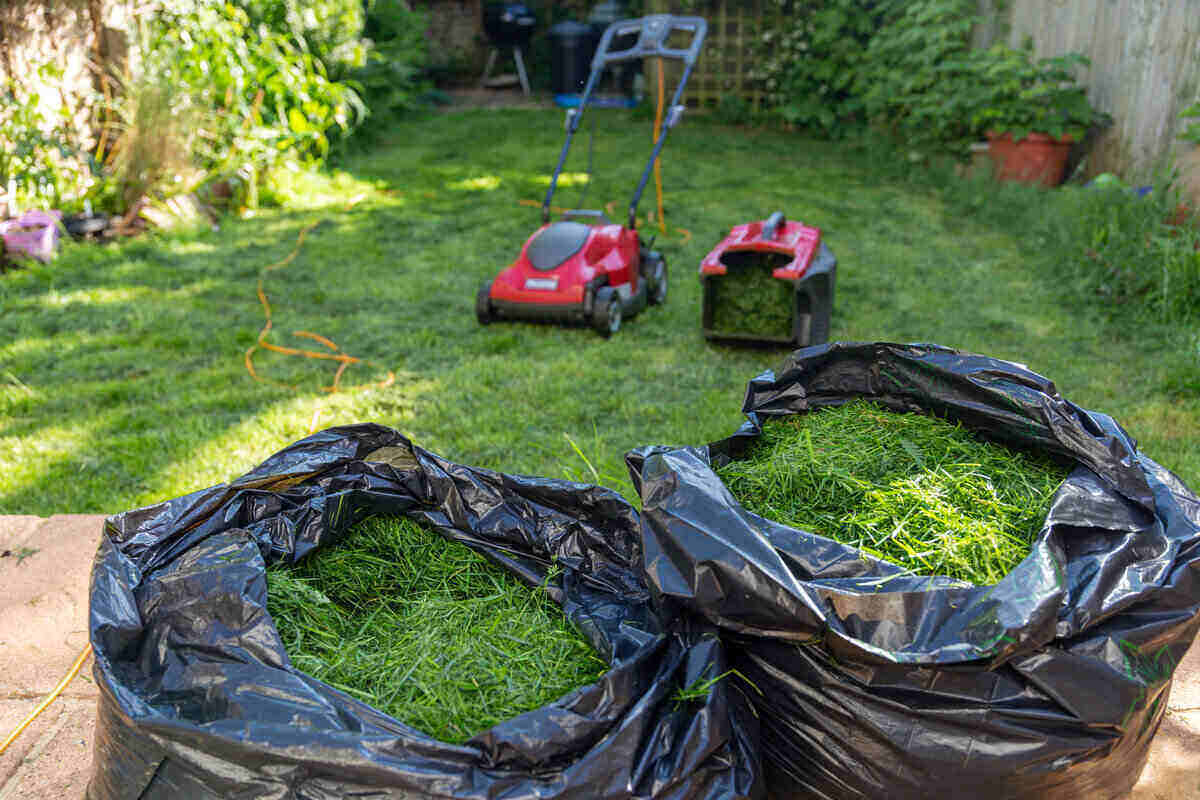
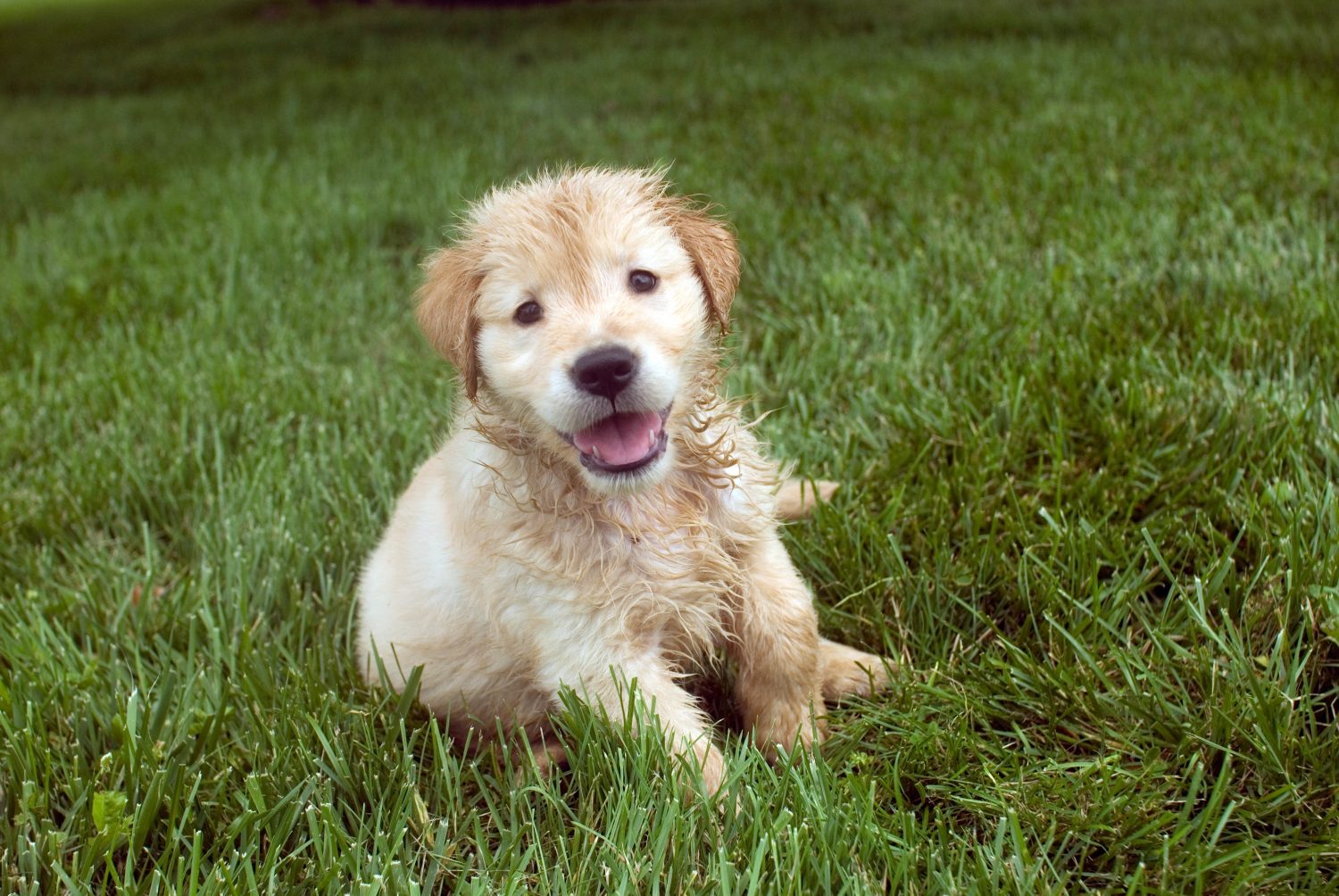
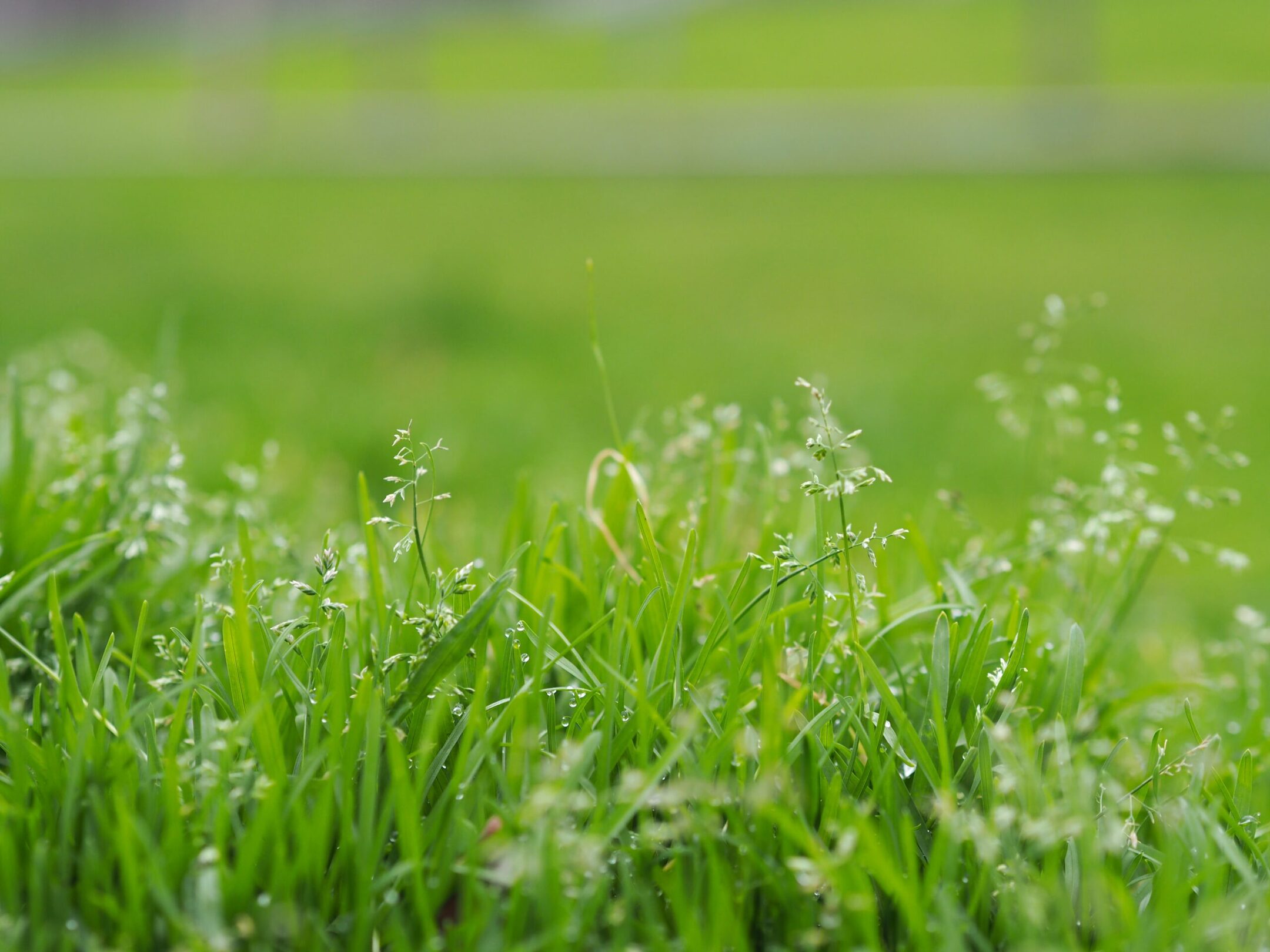
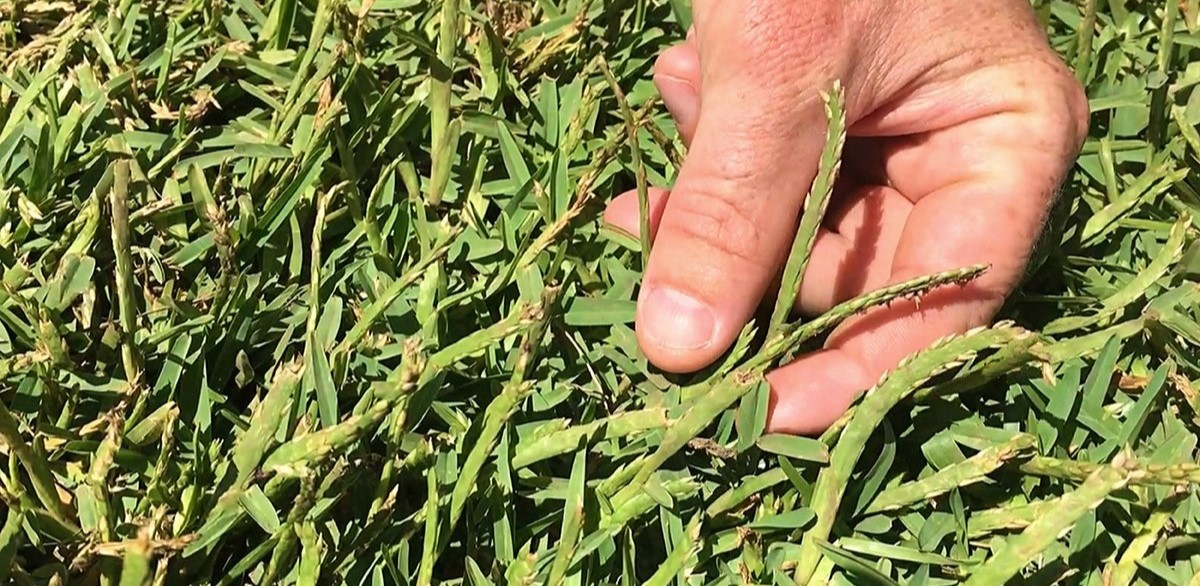


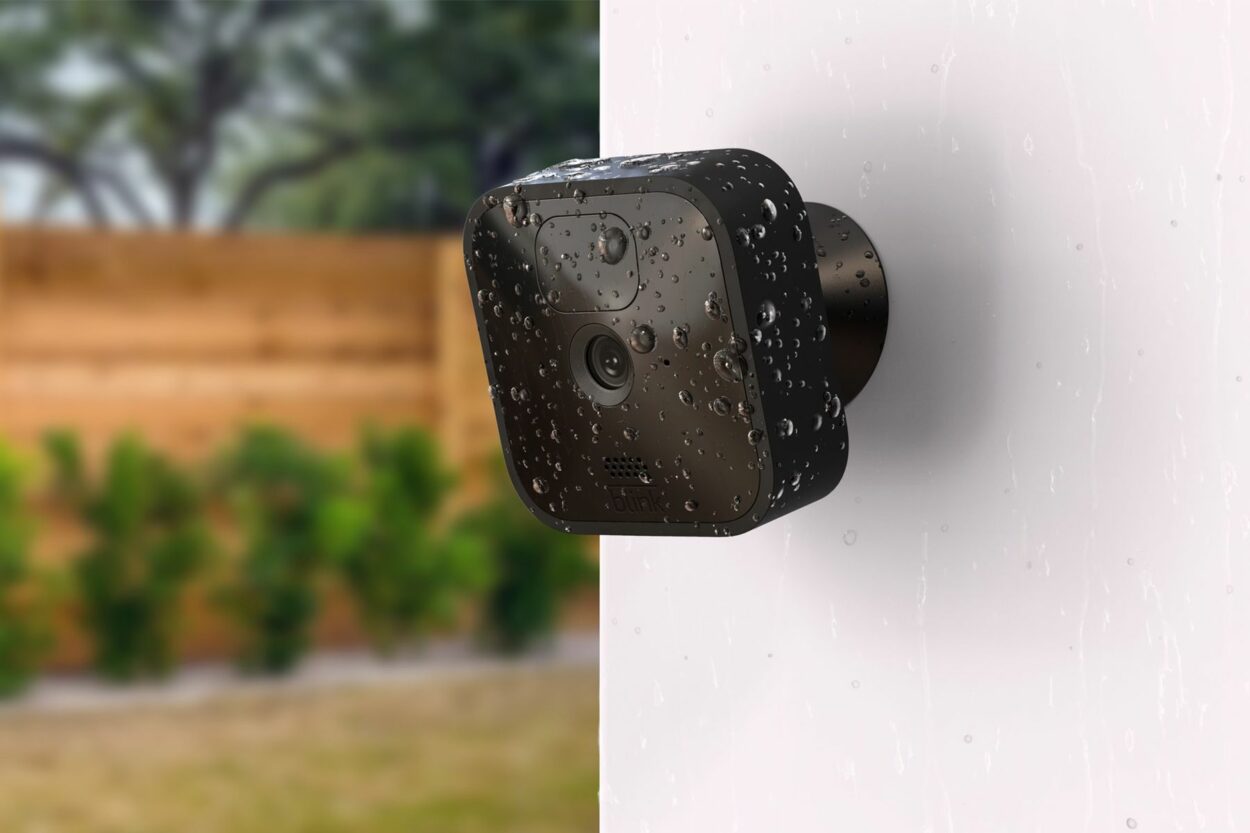
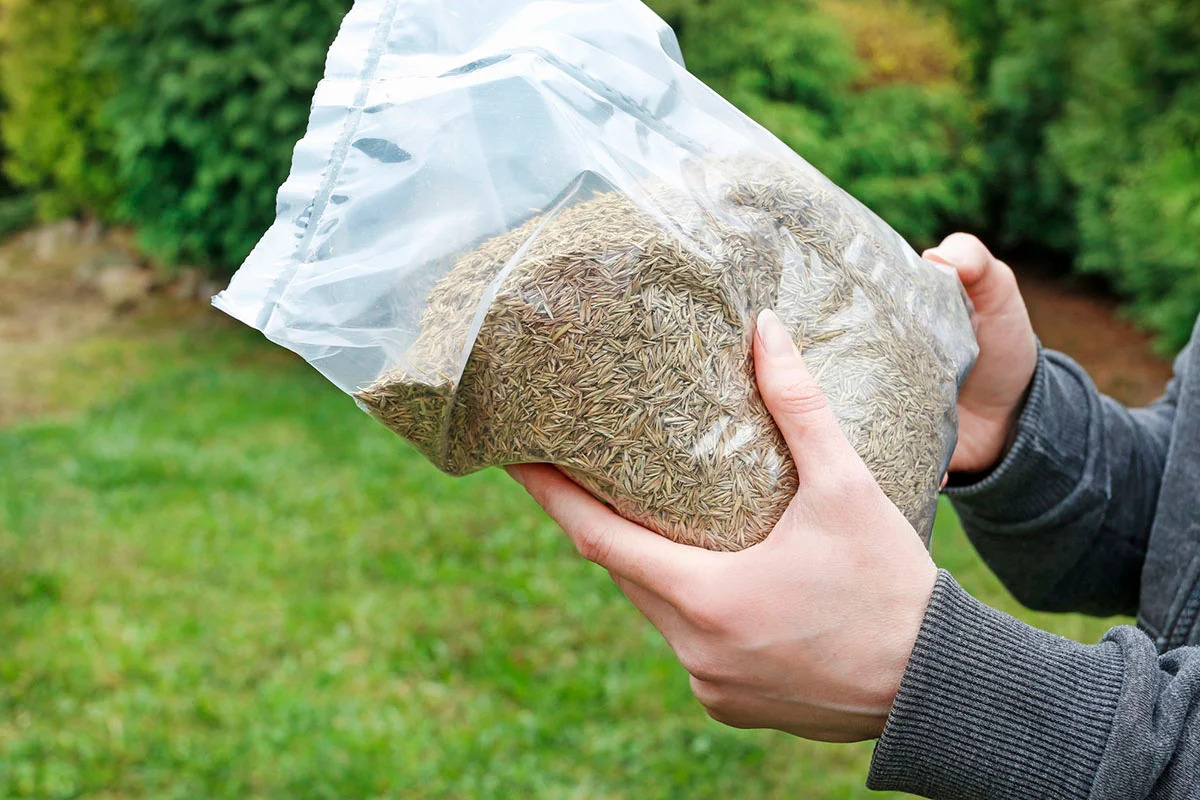

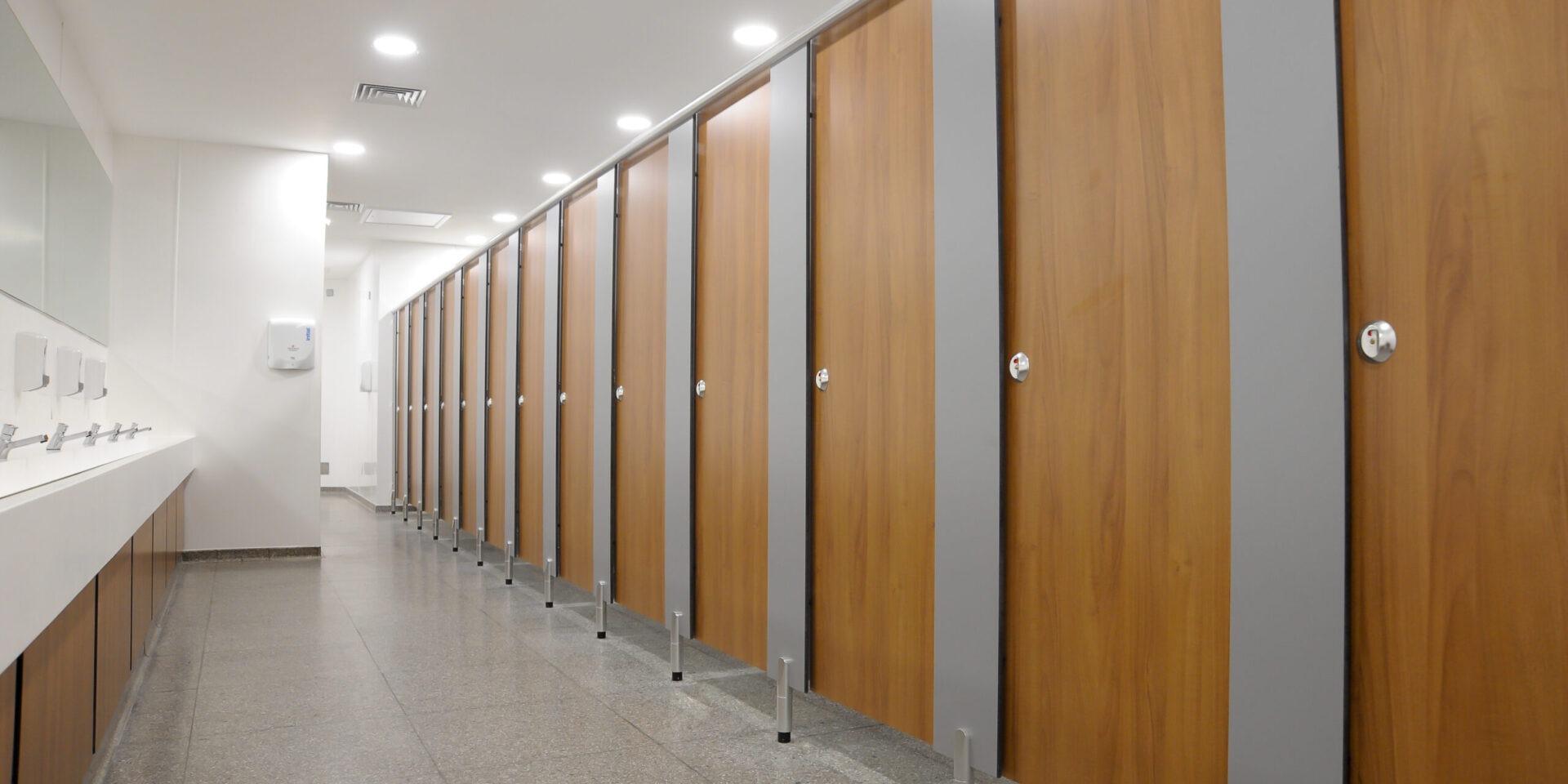

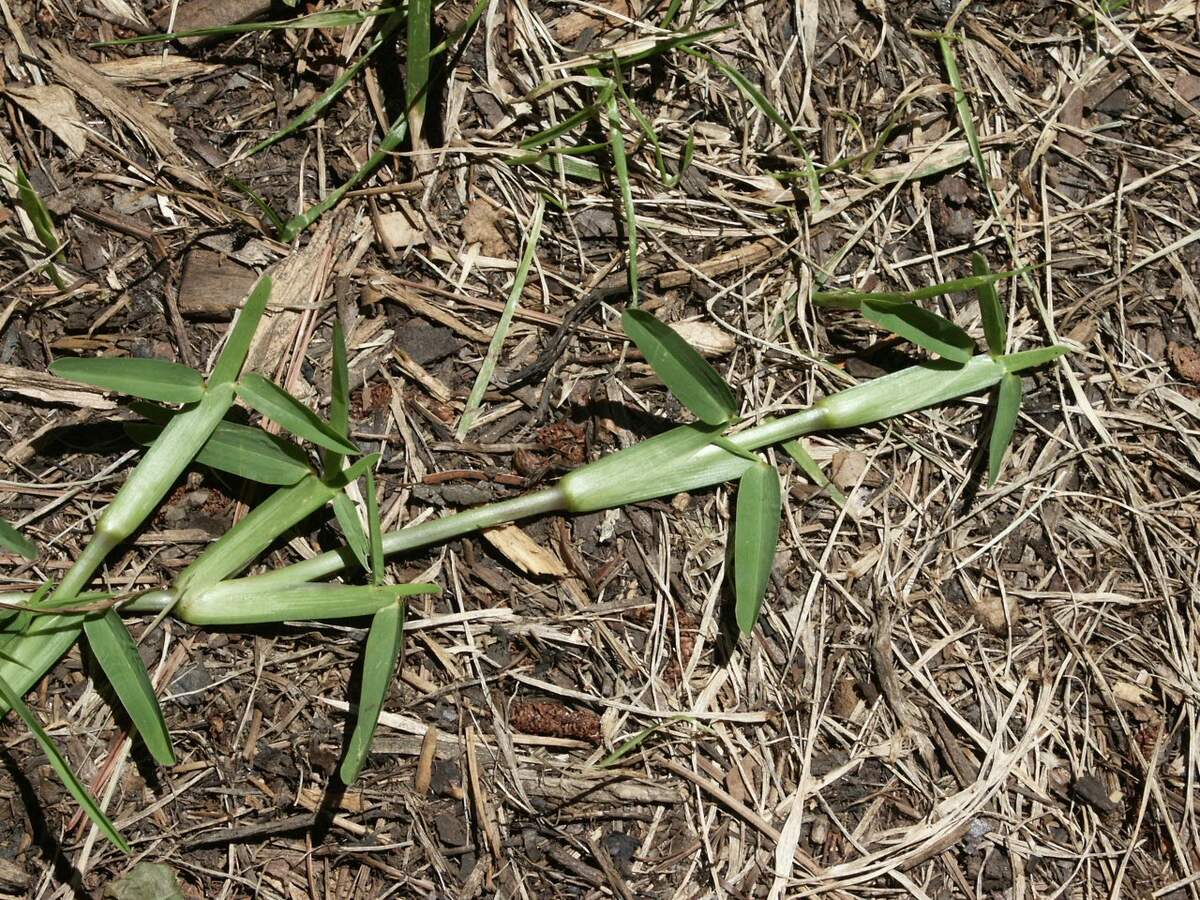

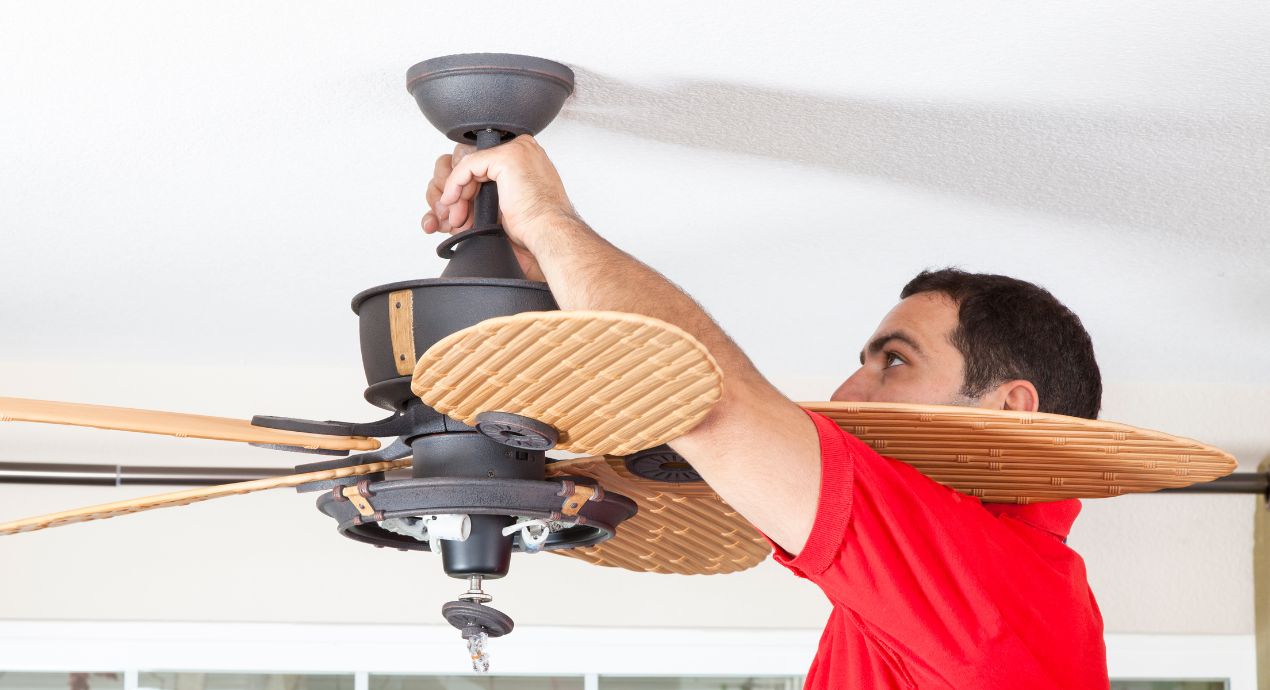


0 thoughts on “Why Is The Grass Not Going In The Bag”